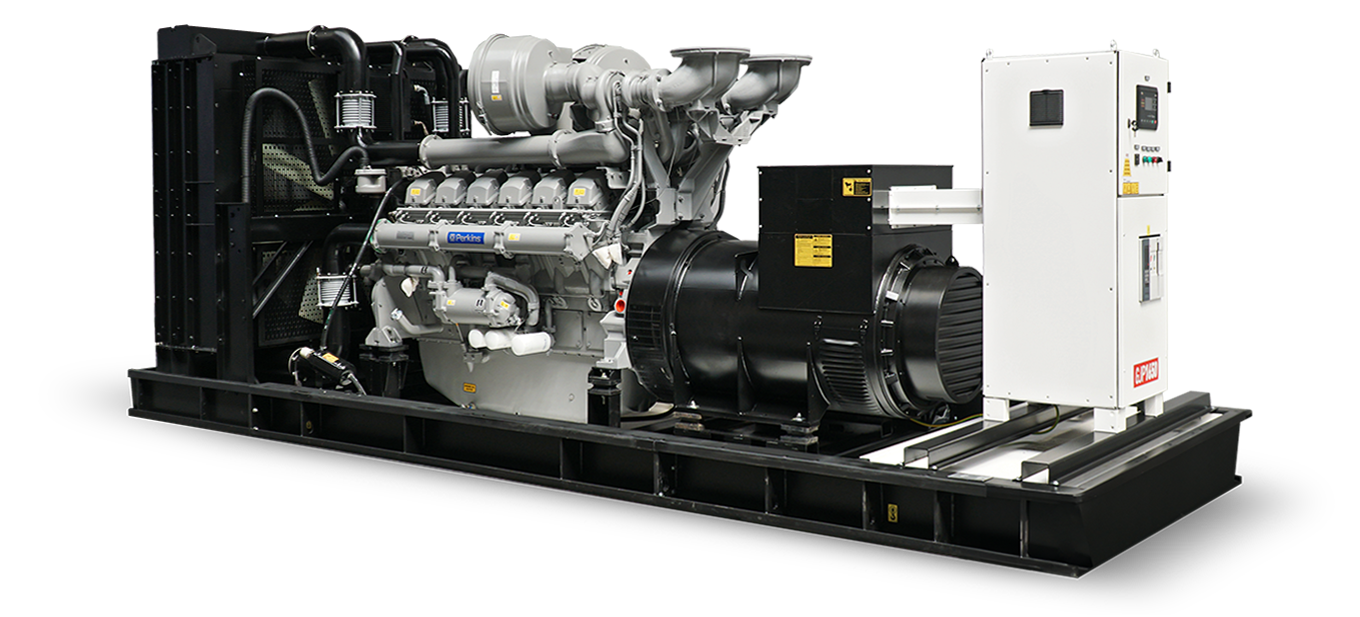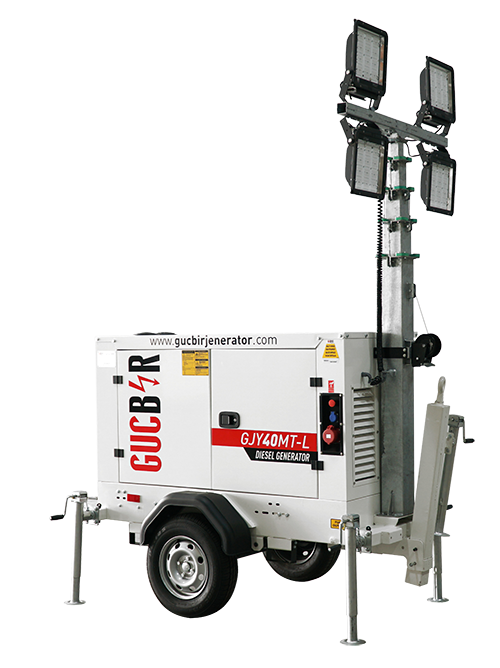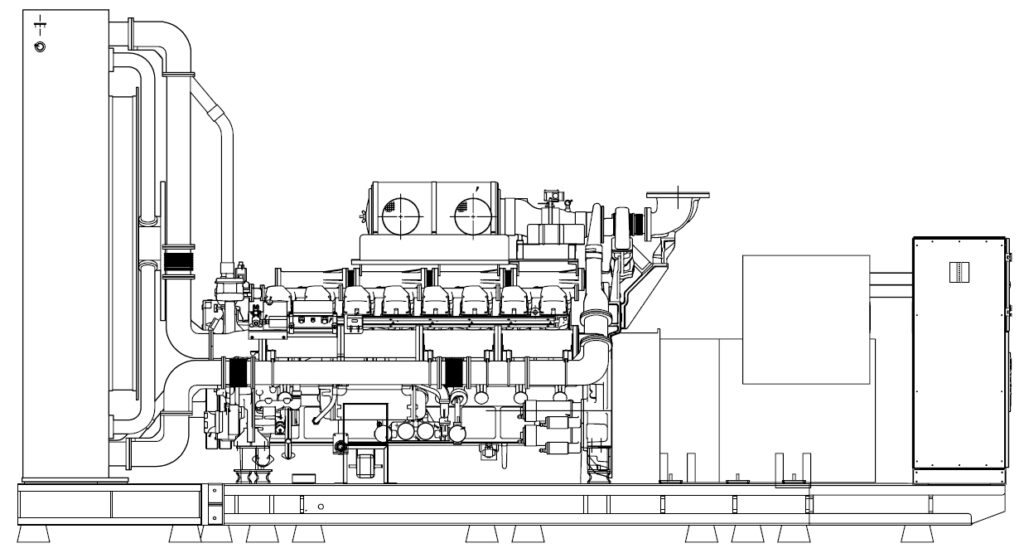Purchasing a generator is often a significant investment for homes and businesses. It is also a purchase that most people do not and will not make very often in their lives. Therefore, choosing the right generator is a very important issue when purchasing.
The generator you will buy has many details such as its power, brand, fuel type and technical specifications.
It is important to get technical support from the right companies on these important issues when choosing a generator. There are many small-scale companies and people who sell generators with all kinds of lies, without any technical knowledge or infrastructure, only through their websites or advertisement sites. In order not to buy the wrong product from these people or companies, you should definitely supply and purchase products from well-established, referenced and well-known companies. As Güçbir Generator, our company was established in 2006 and produces around 4000-5000 generators annually with 400 employees. It is a company that will guide you in purchasing the right product, with its adequate technical staff and more than 30 engineers in many necessary branches.
When you want to decide on the generator power selection yourself, you will find the details that will guide you in this article. We have prepared a guide to help you understand which size generator you need.
How to Size a Generator
The basic generator sizing formula is as follows:
Create a list of all your electrical devices that will draw power. Determine the starting watts (energy required to operate) and operating watts (energy required to operate) for each piece of equipment. These numbers are usually written on the labels of your electrical devices and recorded in the user manual. Calculate your total power requirement by adding these kW or KVA figures.
For equipment rated in amps, you can convert amperes to watts with the following formula:
For resistive loads (most common type): Watts = Amps x Volts
For reactive loads: Watt = Ampere x Volt x Power factor
Power factor is the ratio of your electrical energy usage in kW hours to your peak demand in kW. You can calculate by consulting your electric bill for data and using the formula below:
Total kWh for the previous month / (your highest demand for the period x 30 days x 24 hours)
If you want to calculate roughly without looking at the manuals, here are the starting and operating figures for some common vehicles and electronic devices:
Device Starting Load (W) Working Load (W)
air compressor 4000 2000
Disc grinder 4000 2000
Router 1500 600
Electric saw 2400 1200
I saw a painting 4500 1800
Kettle 4500 4500
Laptop 250 250
Printer 500 500
Air Conditioner (10k BTU) 2200 1500
Dishwasher 1450 1400
LCD TV (55”) 230 230
Once you know the estimated power needed, choosing the generator size is easier. Whatever number you reach, choose a generator with 30% more capacity than you need. This will give you some space when you upgrade your equipment and need more power as a result.







